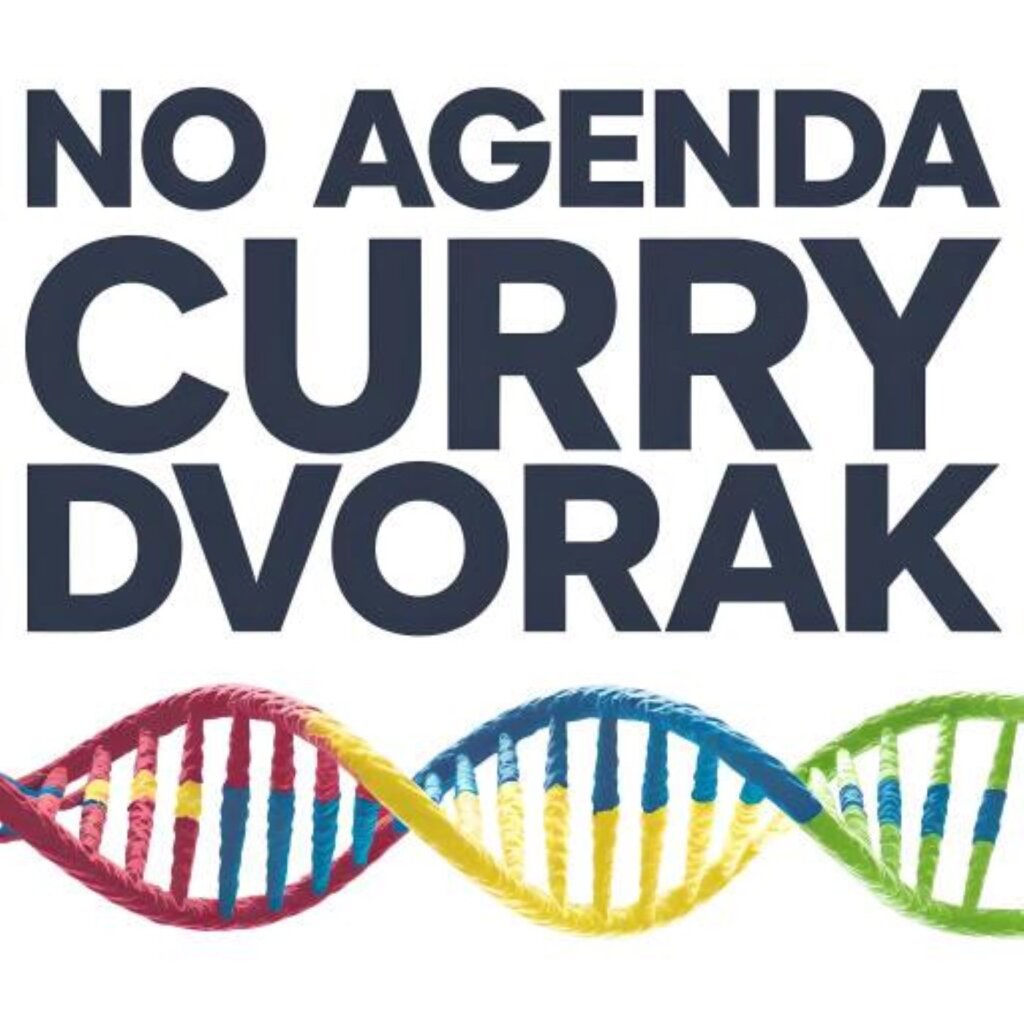Over-the-counter models have high return rates. Can Apple’s AirPods Pro 2 change things?
People returning the
devices often cite poor audio quality or lack of adequate customer
service, audiologists and retailers say. And sellers of OTC hearing aids
say that along with high returns, few people are even trying them in
the first place.
Michael
Abt, co-president of Abt Electronics, a large, independent appliance
and electronics store in Glenview, Ill., stopped carrying OTC hearing
aids over the past two months because of their 40% return rate.
“You want to sell people something they love and cherish and tell their friends about,” Abt says.
It has been nearly two years since a Food and Drug Administration ruling
allowed retailers to sell hearing aids without a clinical assessment.
Doctors lauded the move as a solution for over 20 million American
adults who have hearing loss that isn’t severe enough to warrant
expensive prescription devices. Regular hearing aids can set people back
$3,500 or more, while OTC models were expected to cost as little as
$200.
In reality,
many go for $1,500 to $2,000, audiologists say. People have been
deterred by this higher cost and the stigma of wearing something that
suggests old age. Just 2% of adults with hearing difficulties have
purchased an OTC hearing aid, according to a survey
commissioned last year by the American Speech–Language–Hearing
Association. (That’s one reason it was hard to find a customer to
interview for this column.)
The struggles come as Apple AAPL 0.50%
prepares to release a potential game-changer—a software update that
will turn its popular, $249 AirPods Pro 2 into hearing aids.
The cost of service
No
one has officially tracked OTC hearing-aid sales or returns, but
audiologists have estimates from what they’ve seen themselves and have
heard from vendors
Nationally,
the return rate on such devices ranges from 15% to 30%, compared with
6% to 10% for prescription hearing aids, says Vinaya Manchaiah, director
of audiology at the University of Colorado Hospital in Aurora, Colo.,
citing what he’s heard from industry insiders. He says people often need
help troubleshooting and getting their OTC hearing aids programmed
correctly.
“Some companies do this well, but others are not able to provide that kind of support,” he says.
Eargo,
a large manufacturer of OTC hearing aids sold directly to consumers
before retailers could offer them, has a return rate of around 25%, says
interim Chief Executive Bill Brownie. That’s come down from a few years
ago, when about a third of all OTC models were returned, he says.
Brownie attributes that to Eargo customer-support improvements.
OTC hearing aid maker Eargo has seen its return rate drop after improving customer support. Photo: Eargo
Eargo
hearing aids cost $799 to $2,950. The higher pricing, Brownie says,
allows Eargo to better help customers. “It’s difficult to do that at
$300,” he says.
Meaghan
Reed, director of clinical audiology at Mass Eye and Ear, a Boston
hospital that assesses hearing for up to 4,000 patients a year, says the
hospital’s return rate for OTC hearing aids—17%—is three times that of
prescription devices. She says that’s largely because they don’t meet
patient needs.
“One
of the things that’s frustrating and surprising is that OTC devices are
still not as low-cost as we were hoping,” Reed says.
About
60% of patients who returned their OTC models got a prescription
version instead, because they could get ongoing support for adjusting
them, she says.
Lower-price models have their own issues.
Abt
Electronics, which began carrying OTC hearing aids a year ago, offered
four brands ranging from $300 to $1,200. The cheaper products had higher
returns, with customers reporting they didn’t work as hoped. Abt didn’t
want to only carry the more-expensive hearing aids because he wanted to
provide choices to customers.
“With hearing aids, we felt we had to be all in or not in,” he says.
A bite from Apple
When Apple rolls out new software this fall, its AirPods Pro 2 will be able to function as hearing aids. The update will also include a hearing test and a hearing-protection feature that reduces loud noises.
While
hearing industry executives and audiologists say AirPods Pro 2 could
eat into the low-price OTC hearing aid market, they aren’t worried it
will totally take over. Their battery life—at most six hours—isn’t
long enough for people who need all-day hearing assistance. They’re
also the opposite of discreet, with white stems that stick out of
people’s ears versus the many OTC hearing aids that fit inside the ear
canal.
People also might hesitate to talk to AirPods wearers, thinking they’re on the phone or listening to music.
Apple’s $249 AirPods Pro 2 will turn into hearing aids through a software update this fall. Photo: Nicole Nguyen/WSJ
“When
you see someone wearing AirPods, it doesn’t signal that they’re open to
having a conversation,” says Lindsay Creed, associate director of
audiology practices at the American Speech–Language–Hearing Association.
The
biggest advantage of the new Apple feature, hearing experts say, is
that it could help people realize they have mild hearing loss. That
could shift business to higher-end OTC devices over time.
“Once
people actually experience what hearing amplification can do and how it
can improve their life,” Brownie says, “it could drive adoption of OTC
hearing aids overall.”

